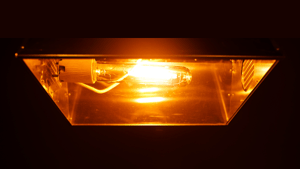03/11/2016
Lighting Comparison: LED vs High Pressure Sodium/Low Pressure Sodium
LED Retrofit,
Wall Pack Lighting,
Parking Garage Lighting,
LED Lighting,
Retail Lighting,
Commercial Lighting,
Parking Lot Lighting,
Lighting Education,
Outdoor Lighting,
Stouch Lighting Services,
Lighting Comparison





